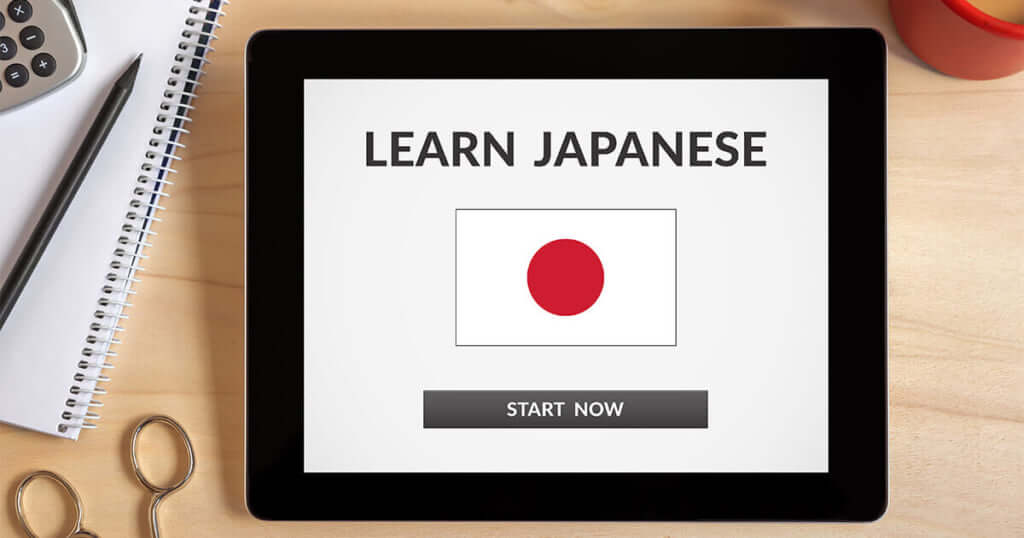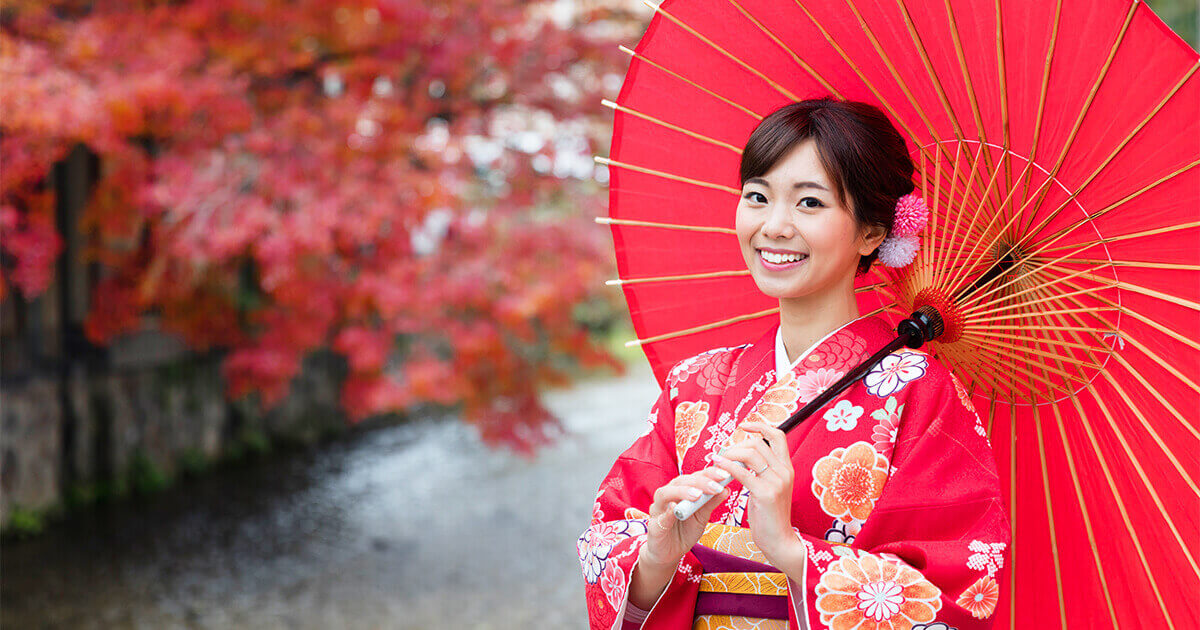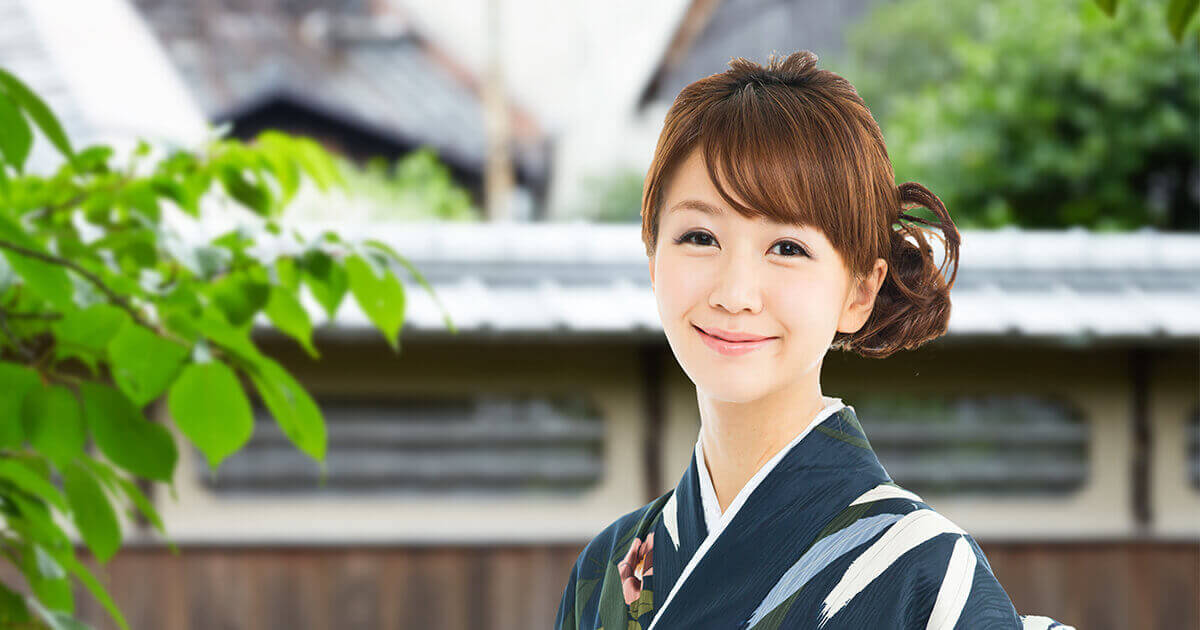
We often hear people say that Japanese is a very difficult language to learn and that it takes a lot of time to master the language. What exactly makes Japanese difficult?
Let’s look at the characteristics of the language.
Japanese word order
In the following example, we see the same sentence in English, Chinese, and Japanese.
- I eat an apple.
- 我吃苹果。
- Watashi wa lingo o tabemasu.
私 はりんごを食 べます。
Watashi=I, lingo=apple,tabemasu=eat
Let’s look at the word order of the subject, verb, and object.
- I eat an apple. SVO
- 我吃苹果。 SVO
- Watashi wa lingo o tabemasu.
私 はりんごを食 べます。 SOV
As you can see from the word order, English and Chinese share the same SVO pattern.
However, Japanese takes the SOV pattern. Other than Japanese, Korean is also another language that takes the SOV pattern.
If your mother tongue is of the SVO pattern, you have to get used to the word order in Japanese.
What are particles?
In the following sentence, “wa” and “o” are known as “particles”.
Watashi wa lingo o tabemasu.
A particle is added after a word to show the relationship between different words.
For example, “wa” shows the subject, and “o” shows the object. Unlike English and Chinese where you can form sentences just by placing words one after another, you have to add a particle after every word in Japanese.
Particles may be considered one of the head-scratching problems Japanese learners face. On a side note, particles are also used in the Korean language. Therefore, to Korean speakers, Japanese is relatively easy to learn.
Japanese characters
How many types of characters are used in the following sentence?
Watashi wa Amerika no lingo o tabemasu.
The answer is three. Japanese writing uses a combination of three types of characters: hiragana, katakana, and kanji. Hiragana and katakana are phonograms (symbol representing a vocal sound), while kanji is ideogram (character symbolizing the idea of a thing).
Japanese learners first learn hiragana, followed by katakana, and kanji. Learning three types of characters requires a lot of effort and non-Chinese learners, in particular, face difficulties in learning kanji.
As kanji are adopted Chinese characters and share many similarities with Chinese, Chinese learners have a huge advantage here. However, they still need to be careful as the same kanji may have different meanings in Japanese and Chinese.
Watashi wa lingo o tabemasu.
I eat an apple.
Suzuki san wa lingo o meshiagarimasu.
Mr Suzuki eats an apple.
Honorific expressions (keigo) are used to show respect to the person you are addressing to. To show respect to Mr Suzuki in the sentence above, “tabemasu” is replaced with the honorific expression “meshiagarimasu”.
There are three types of keigo: honorific language (sonkeigo), humble speech (kenjoogo), and polite language (teineigo). Using appropriate forms to lower your status or honor the status of the person you are addressing to shows respect to that person.
Even Japanese people find keigo difficult to master. Undergraduates often attend crash courses on keigo to train themselves in this aspect when it is time for them to start their job-hunting activities.
Effective use of honorifics in business increases the sense of reliability of the person as a decent member of society.
Conversely, failure to master honorifics may also affect the success of the business. Foreign learners find keigo very difficult even when they are proficient Japanese speakers.
So do you have a better idea why people say Japanese is difficult?
If you are from Korea, Japanese grammar may not be that difficult to you but you may find learning the characters difficult.
If you are from China, you may find the word order and particles difficult but your knowledge of Chinese characters will help greatly in the learning of kanji.
If you are a native English speaker, you may think Japanese is too difficult because the grammar and characters are totally different from English. But don’t worry.
Japango offers close-at-hand examples of how to use the Japanese language in a simple and clear manner.
We hope you have enjoyed this article on the explanation of the Japanese grammar.
Let’s work together in your Japanese study!






